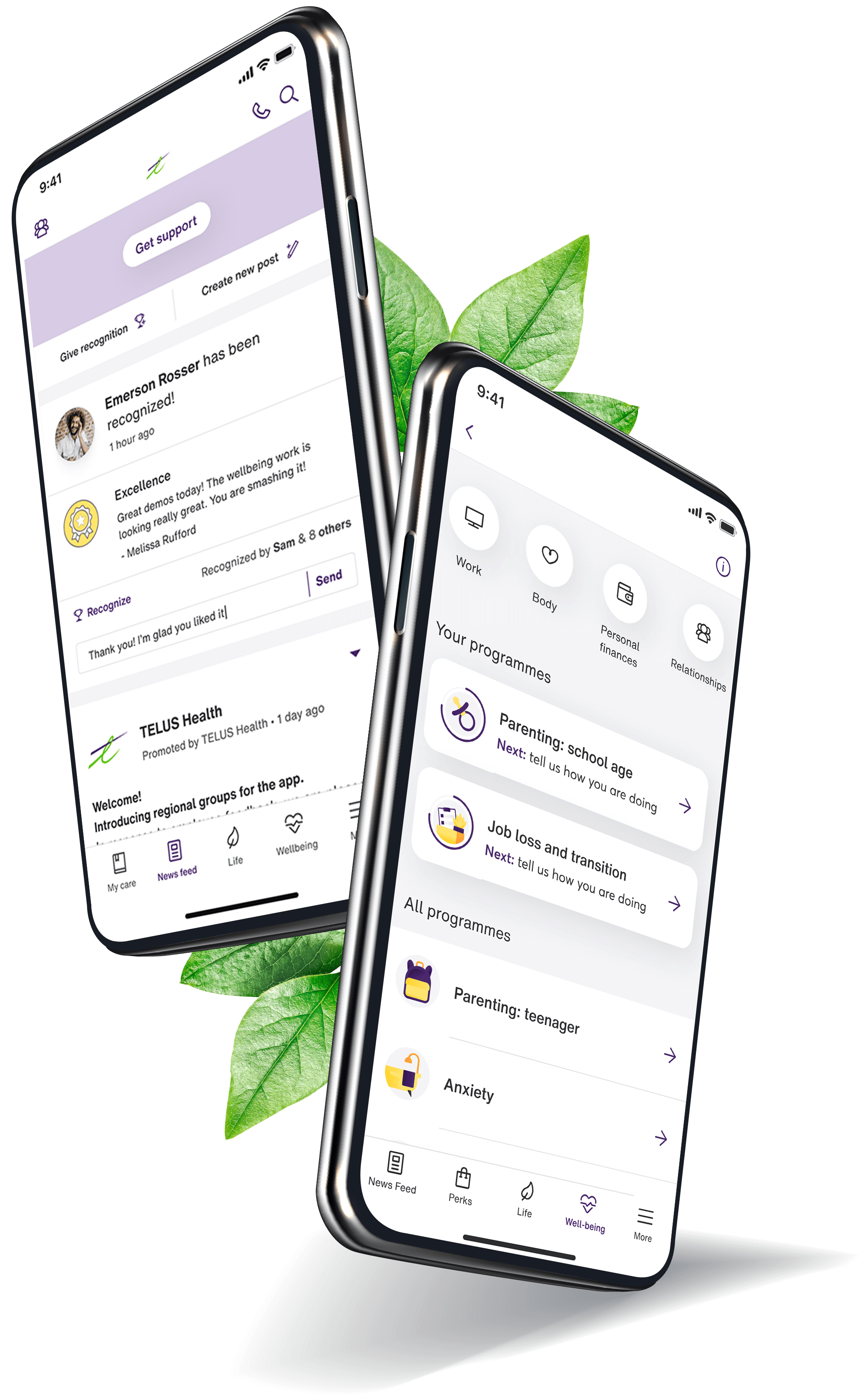Quick tips for starting and sticking with an exercise program
Physical activity is crucial for good health; it plays a significant role in maintaining a healthy weight, lowering the risk of heart disease and other medical problems, and boosting energy.
The World Health Organization (WHO) recommends that adults aged 18–64 should get a combination of at least 150-300 minutes of moderate-intensity or 75-150 minutes of vigorous-intensity aerobic physical activity throughout the week, with muscle-strengthening activities two days a week. Many health agencies offer similar recommendations. But when you’re busy, have physical limitations, or if you’re just starting out, these guidelines can seem daunting. Here are some tips for beginning and sticking with an exercise program.
Talk to your doctor before starting an exercise program, especially if you don't exercise regularly currently or if you have any medical conditions such as diabetes, high blood pressure, heart disease, obesity, or a family history of heart attack or high blood pressure. There are many options available, even if you have limited mobility. Your doctor or physical therapist can help you plan an exercise program that’s right for you.
Start small. Research shows that exercising for 10 minutes three times a day provides many of the same health benefits as exercising for 30 minutes straight. Think of quick and easy ways to fit exercise into your life. You might try:
- going for a walk during your lunch break
- parking a few minutes walk away from your destination
- taking the stairs instead of the elevator whenever you can
- building physical activity into the time that you spend with your family
- doing exercises while you're watching TV or talking on the phone
Look into structured exercise activities, such as a class at a gym or in your local community. If you prefer to exercise at home, you could follow a workout routine online. These activities can help you gain confidence, feel motivated, and learn new techniques.
Realize that making exercise a regular part of your life takes time. It may take you several weeks or months to get in the habit of exercising.
Plan ahead for exercise. Block off time in your daily schedule for exercise in the same way that you would book a meeting or appointment. Try not to exercise too close to bedtime; for some, it may keep you awake.
Find other people to exercise with you. Take a bike ride with your child or make a date to walk or jog with a friend or your partner. Exercising with a buddy increases your chances of attaining your fitness goals because they will encourage you to get up and go. Also, you might have fun competing together, you will have safety in numbers, and they may introduce you to new activities.
Do a variety of activities so you don't get bored. Trying new activities regularly will keep you interested and make it less likely that you'll give up.
Set exercise goals and reward yourself when you reach them. For example, if you manage to exercise three times a week for a month, treat yourself to something special, such as a bubble bath or at-home facial, a fun movie or book download, or an evening with friends. You can use the SMART method—Specific, Measurable, Attainable, Realistic, Time-limited—to help you focus and plan for success.
Remember, every bit of activity makes a difference in your overall wellbeing. With patience and persistence, you can achieve lasting improvements in your health.
Kristin Przymus
Certified Health & Well-being Coach


